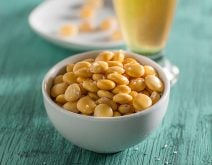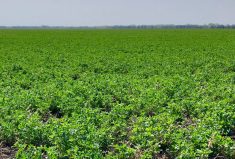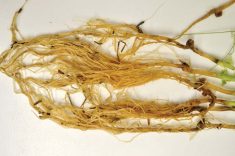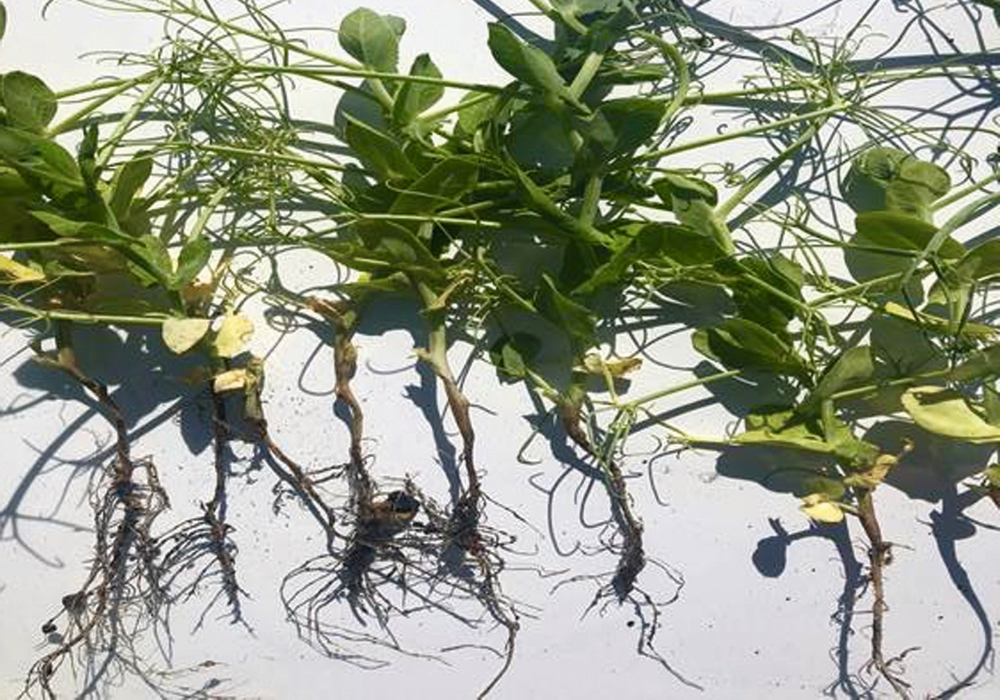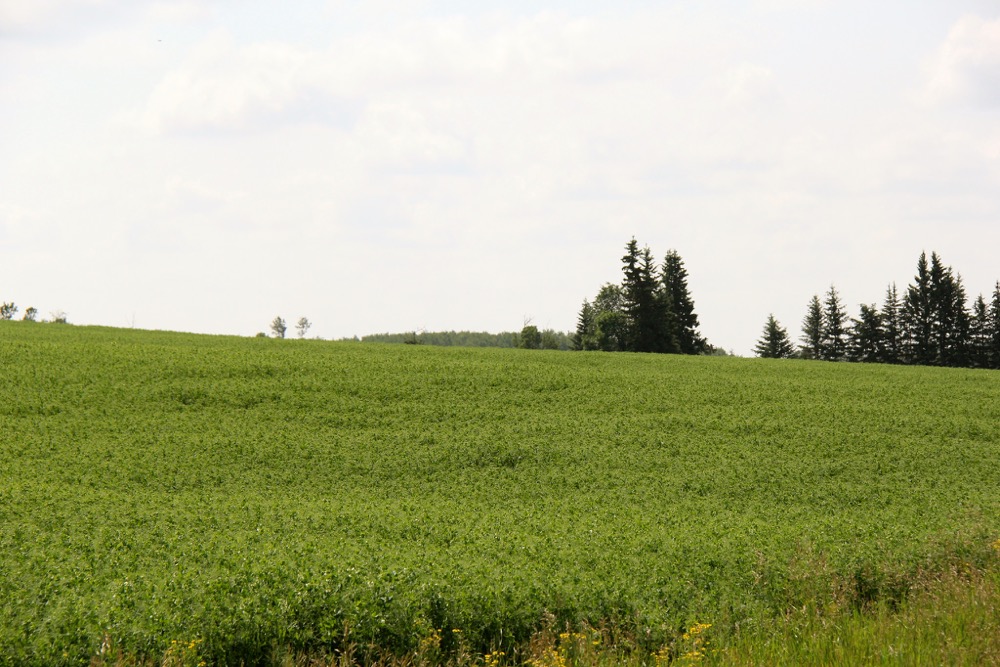Discovery Seed Labs in Saskatoon offers DNA testing for aphanomyces. Farmers should send either soil or plant samples.
“As soon as you start to notice symptoms, you can start pulling plants. And we can have a look at it and see what it is,” said Bruce Carriere, owner of Discovery.
Carriere suggested sampling from areas where water was sitting for seven to 10 days as well as around waterways.
BDS Laboratories in Qu’Appelle, Sask, also tests for aphanomyces. John Blachford, chemistry services manager, said they don’t use DNA testing, but look for the organism itself.
Read Also
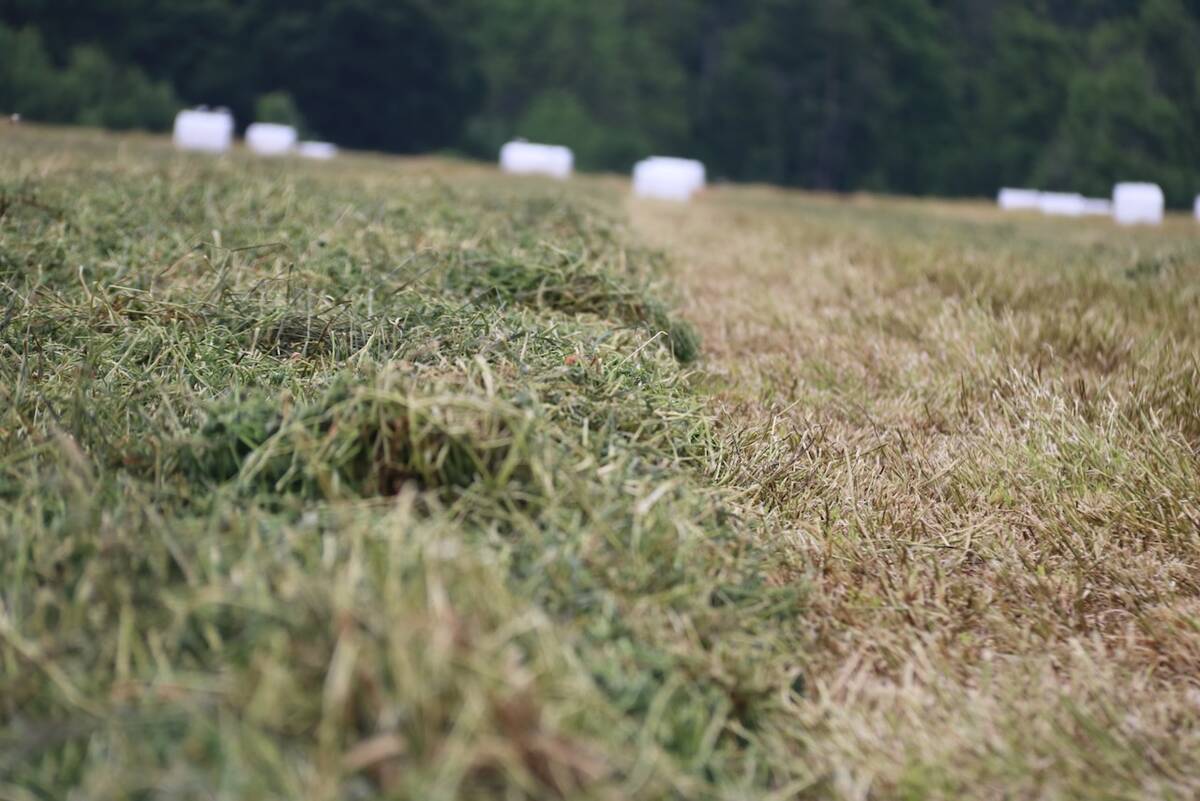
New high-performance forage training program to launch in 2026
A new Canadian Forage and Grasslands Asssociation high-performance forage program will be a resource for farmers, agronomists and others in the forage sector.
Blachford said farmers can send samples once the crop hits three inches. The lab needs a portion from the top of the plant and roots. “We discourage people from cleaning the roots off,” said Blachford.
Samples also need to be kept cool, Blachford said.
BDS’s tests will simply tell farmers whether or not aphanomyces is present in the sample, Blachford said. And DNA tests will also provide a yes or no, Carriere said.
“So I can tell you that it’s there, but I can’t tell you how much is there, nor can I tell you what kind of problems you’re going to run into,” Carriere said.
BDS has already tested a half dozen samples for aphanomyces this spring, Blachford said. A farmer scooped soil from a suspect field, put it in tubs, planted peas and lentils, and sent BDS samples.
“As pulse crops become more frequent, we see things like this more often,” Blachford said.



